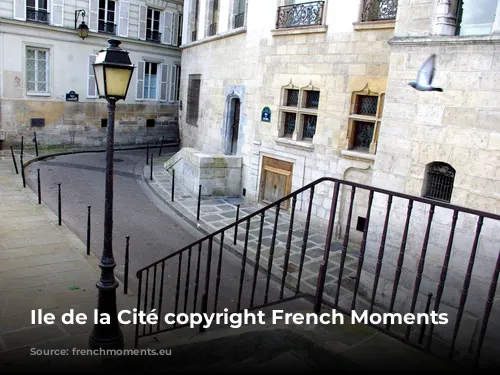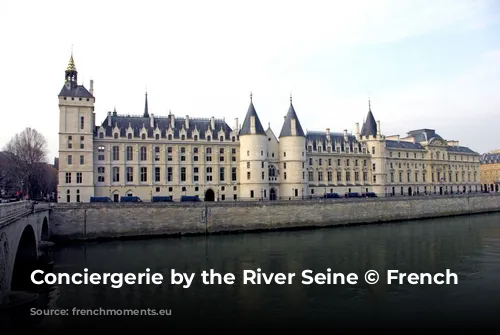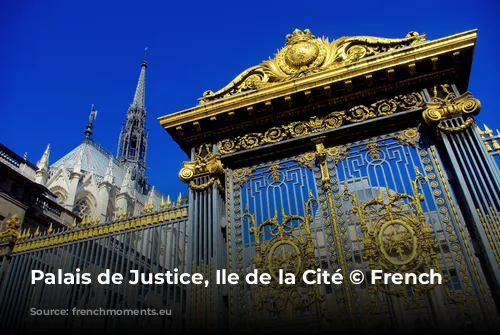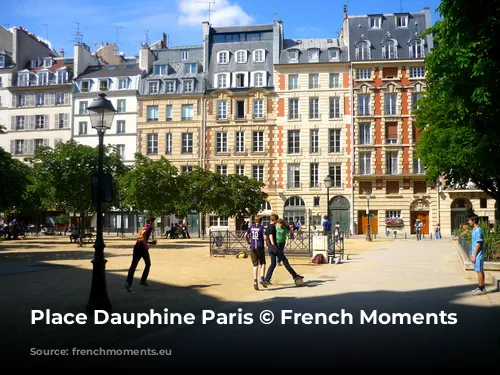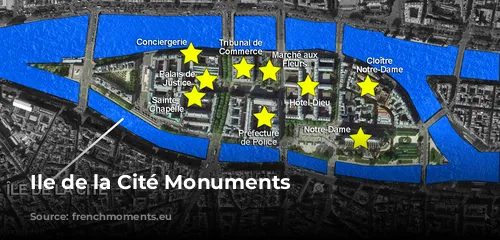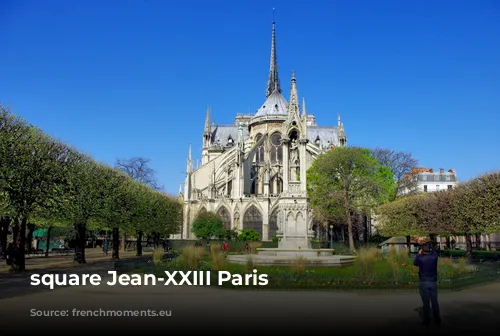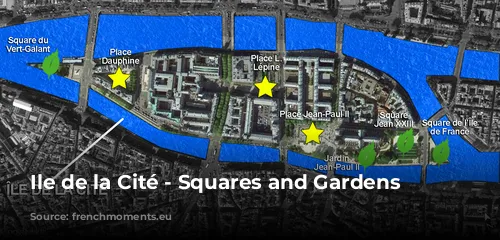The Ile de la Cité, a ship-shaped island in the middle of the Seine River, is the historical heart of Paris. It was known as Lutetia during the Roman era, a name that reflects its long and rich history. The island’s captivating beauty, especially when viewed from the Pont des Arts or Pont de la Tournelle, adds to the romantic aura of the City of Lights.

A History Woven with the Seine
The Ile de la Cité’s history is deeply intertwined with that of Paris. The Parisii, a Celtic tribe, lived on the island, which they called Lutetia, during the time of Julius Caesar. Their presence eventually gave the city its name in 360 AD. The Seine River was a vital part of their lives, serving as a primary mode of transportation. The river’s wide and shallow waters fostered a thriving trade, allowing goods to flow freely. The strategic location of the island, offering an easy crossing between northern and southern Gaul, made it a key trading hub.
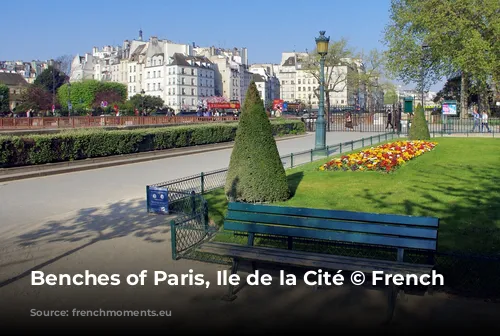
The Rise of the Boatmen
From the Parisii emerged a powerful group – the Guild of the Boatmen (Nautes Parisiens) – who would shape the city’s political and economic landscape for centuries. Their wealth was built on the river trade, charging tolls for transporting goods along the Seine. Their influence grew so immense that they were entrusted with the administration of the municipality of Paris in 1263. This prestigious role solidified their status as the city’s driving force. Their legacy is reflected in Paris’s coat of arms: a silver vessel braving the waves, accompanied by the motto “Fluctuat nec mergitur” (She is tossed by the waves, but does not sink). This symbol embodies the spirit of resilience and strength that has characterized Paris throughout its history.
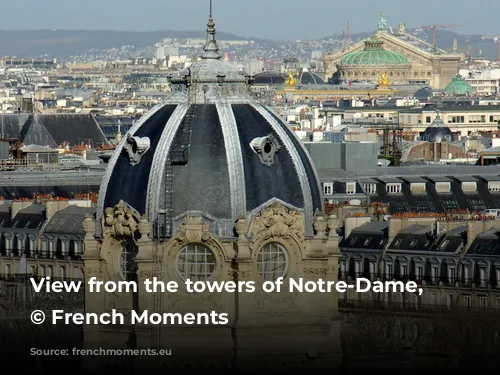
Echoes of the Past
The Ile de la Cité is a living testament to its rich past. Evidence of the Roman presence can be found beneath the Parvis facing Notre Dame Cathedral, where a Roman defensive wall was unearthed. In the 5th century, Clovis, the first king of the Franks, built a Merovingian Palace at the site of the Palais de la Cité, establishing the island as the center of royal power. His son, Childebert I, further solidified its importance by constructing the first cathedral in Paris in the 6th century.
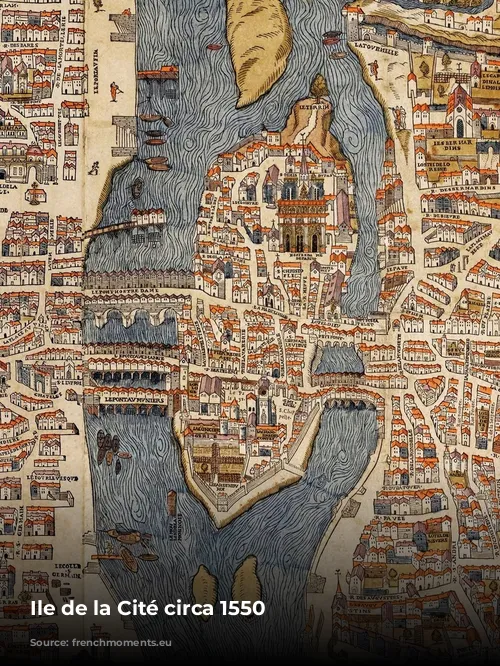
A Legacy of Power and Faith
The early Kings of France made the island the heart of their kingdom, a place where both the church and law held sway. From the Middle Ages, the Ile de la Cité has preserved three iconic medieval monuments: the Conciergerie, the Gothic Sainte-Chapelle, and the magnificent Notre Dame Cathedral.
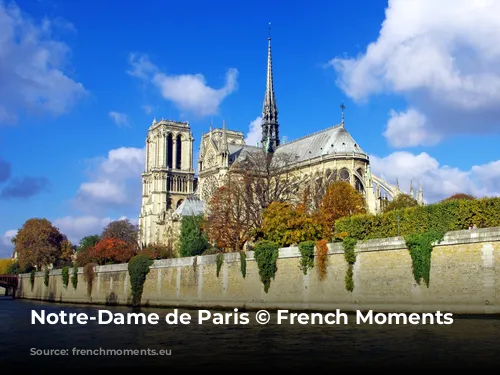
Transforming the Landscape
The Ile de la Cité once was a maze of narrow and muddy streets, a relic of its medieval past. Only a few streets on the island’s northeastern side, such as Cloître Notre-Dame, Rue Chanoinesse, Rue des Ursins, and Rue des Chantres, echo that bygone era. However, in the mid-19th century, Baron Haussmann, a renowned urban planner, revolutionized Paris, including the Ile de la Cité. He swept away its medieval character, demolishing houses, hospitals, and churches to make way for wide avenues. While the transformation was radical, it left an indelible mark on the city’s landscape. From the original 43 streets in 1300, only 20 remain numbered today.

Modernity and Legacy
Today, the Ile de la Cité remains the heart of Paris, a symbol of the city’s enduring history and spirit. All road distances in France are measured from the Point Zéro mark, located in the Place du Parvis de Notre-Dame. The Ile de la Cité and Île Saint-Louis are the only two remaining natural islands in the Seine River. The Ile de la Cité is connected to the Right and Left Banks of the Seine by eight bridges, with a ninth bridge leading to the smaller Île Saint-Louis.

Exploring the Ile de la Cité
The Ile de la Cité is home to many renowned monuments and landmarks:
- Notre Dame Cathedral: A masterpiece of Gothic architecture, its iconic towers pierce the Parisian sky.
- Conciergerie: A former royal palace turned into a notorious prison during the French Revolution.
- Sainte-Chapelle: A stunning Gothic chapel renowned for its stained-glass windows.
- Palais de Justice: The seat of the French judicial system.
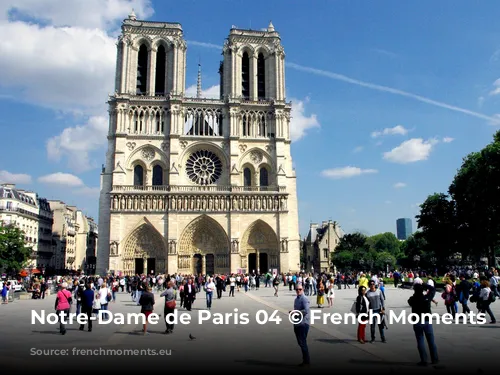
Green Spaces and Tranquility
The Ile de la Cité also offers serene green spaces amidst the bustling city:
- Square Jean XXIII: A peaceful oasis near Notre Dame.
- Jardin du Parvis Notre-Dame: A charming park with views of the cathedral.

Getting There and Exploring Further
The Ile de la Cité is easily accessible by metro. The “Cité” station (line 4) serves the island directly. There are also several metro stations located on the banks of the Seine, providing access to both the Right and Left Banks. For those wanting to delve deeper into the history and attractions of the Ile de la Cité and Île Saint-Louis, resources are available online to further enhance your exploration.
